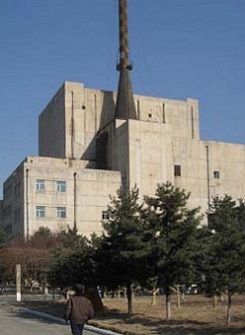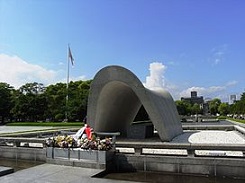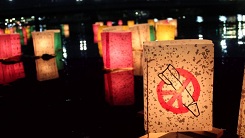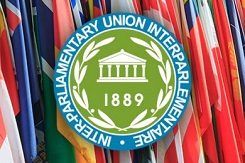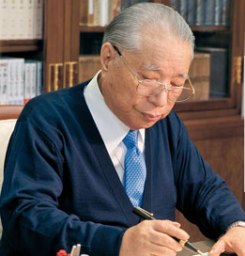By Akira Kawasaki* | IDN-InDepth NewsViewpoint
August 6, 2014 marked the 69th anniversary of the first detonation of a nuclear weapon over Japan. The cities of Hiroshima and Nagasaki held ceremonies commemorating those hundreds of thousands who perished in the two nuclear attacks in 1945, and the countless more whose lives would forever be affected. But in these past decades, can we say that we have truly learned from the tragedies of Hiroshima and Nagasaki? Is our recognition of the suffering inflicted upon those cities matched with the concrete action to ensure that it can never be repeated? Akira Kawasaki answers these and other questions in a contribution to IDN partner Pressenza
TOKYO (IDN) – While the numbers of nuclear weapons are down significantly from the days of the Cold War – when it seemed as though another Hiroshima or Nagasaki could be imminent – we are far from having secured our future against another such unspeakable human tragedy.


